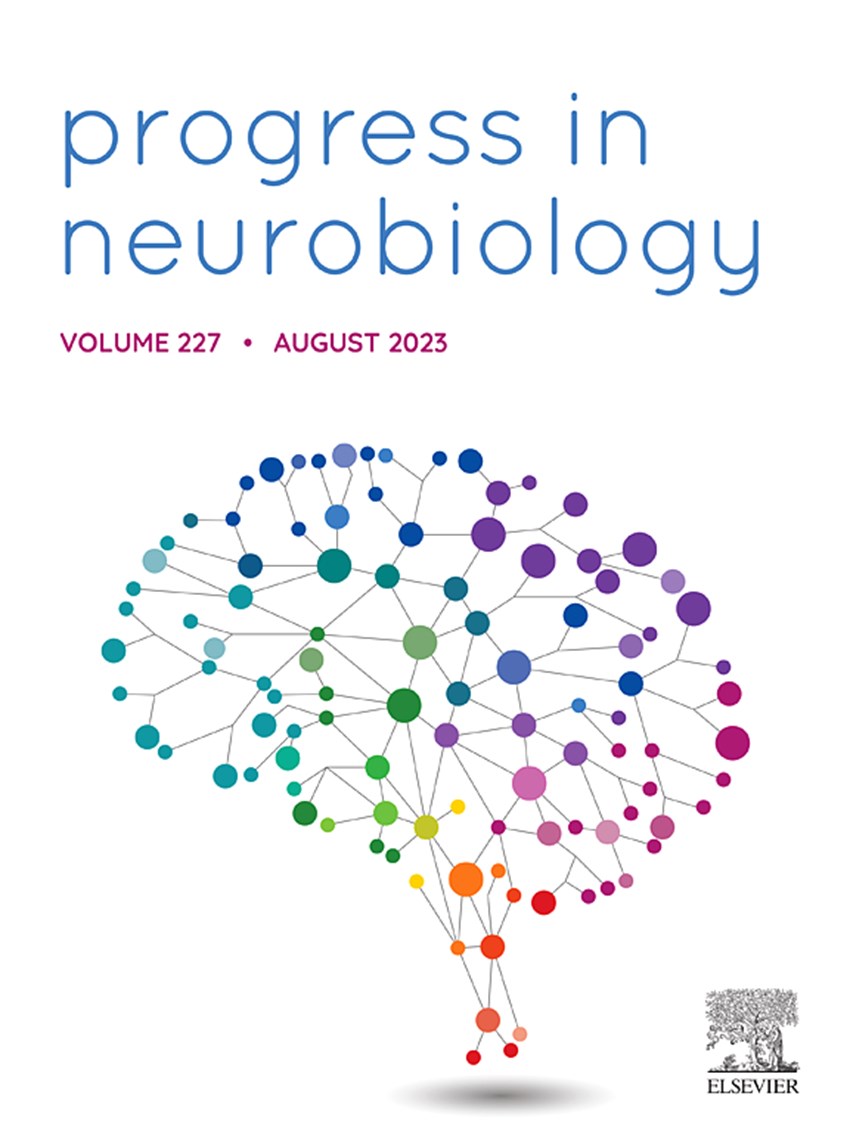Foi publicado o artigo Changing connectivity between premotor and motor cortex changes inter-areal communication in the human brain na revista científica Progress in Neurobiology no âmbito do projeto de investigação 44/16 - Inducing and measuring plasticity in response control mechanisms in the human brain, apoiado pela Fundação BIAL e liderado por Alejandra Sel de Felipe. Tem sido sugerido que a eficácia ou a força das conexões entre os grupos neuronais influencia a força da comunicação entre as regiões do cérebro. A equipa de investigação testou essa possibilidade no cérebro humano usando manipulações que foram estabelecidas para aumentar ou diminuir a força da conectividade numa via cortico-cortical, o percurso que conecta o córtex pré-motor ventral (PMv) e o córtex motor primário (M1) e demonstrou que a alteração a curto prazo da eficácia sináptica da via PMv-M1 altera a comunicação cerebral entre as regiões pré-motoras e de controle motor primário. Além disso, o aumento da força da conexão PMv-M1 conduz ao aumento da coerência nas bandas beta e alfa, enquanto a diminuição da força da conexão PMv-M1 resulta na diminuição da coerência na banda teta.
ABSTRACT
The ventral premotor cortex (PMv) is an important component of cortico-cortical pathways mediating prefrontal control over primary motor cortex (M1) function. Paired associative stimulation (ccPAS) is known to change PMv influence over M1 in humans, which manifests differently depending on the behavioural context. Here we show that these changes in influence are functionally linked to PMv-M1 phase synchrony changes induced by repeated paired stimulation of the two areas. PMv-to-M1 ccPAS leads to increased phase synchrony in alpha and beta bands, while reversed order M1-to-PMv ccPAS leads to decreased theta phase synchrony. These changes are visible at rest but are predictive of changes in oscillatory power in the same frequencies during movement execution and inhibition, respectively. The results unveil a link between the physiology of the motor network and the resonant frequencies mediating its interactions and provide a putative mechanism underpinning the relationship between synaptic efficacy and brain oscillations.





























































































